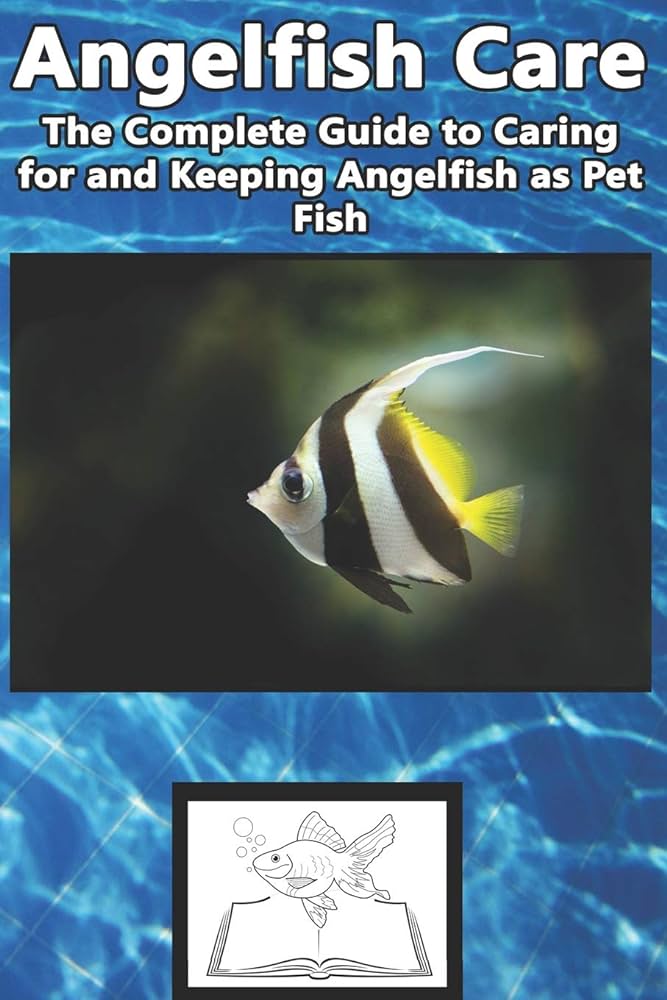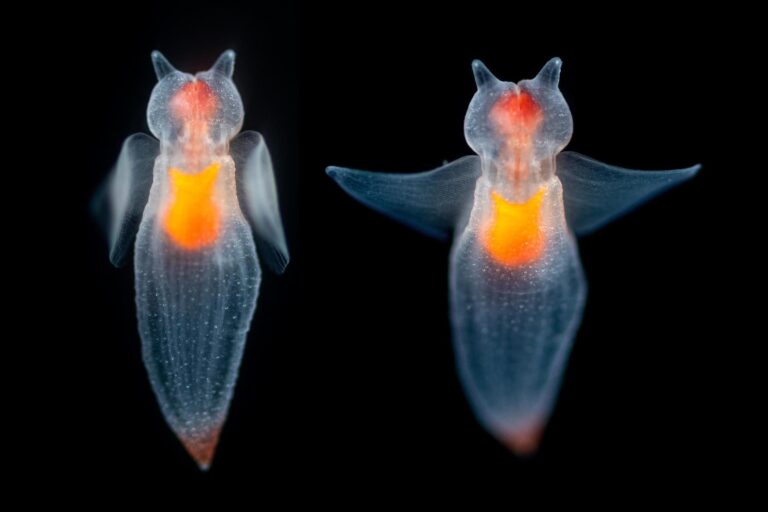The Ultimate Guide to Angelfish in the Aquarium: Care and Conservation
Table of Contents
Angelfish have long entranced enthusiasts in the aquarium world with their majestic fins and regal demeanor. They are a staple favorite, sought after for their elegant appearance and relative ease of care. Beyond being a beautiful addition to a home tank, fish play a crucial role in marine conservation and serve as ambassadors for their wild counterparts. This comprehensive guide will take you on a deep dive into the world of fish, from setting up their ideal habitat to their intricate role in the larger ecosystem. Whether you’re a beginner or an experienced aquarist, there’s something in here for everyone who shares a love for these iridescent creatures.

Angelfish Species: A Closer Look
Pterophyllum scalare, commonly known as the freshwater fish, is the most recognizable species within the fish genus. Originating from the Amazon Basin, they thrive in a tropical environment. Angelfish are typically recognized by their deep, flattened bodies and elongated dorsal and anal fins. They come in various color morphs, with some of the most popular being black, platinum, and the classic striped ‘wild-type’.
Varieties and Color Morphs
The dedicated breeding efforts by aquarists have resulted in a kaleidoscope of colors and patterns among angelfish. Varieties like koi, marble, ghost, and veil tail have become quite prevalent, each with its unique appeal. These populations often inherit health and longevity issues due to inbreeding, so it’s crucial to support ethical breeders and ensure you’re not perpetuating harmful genetic lines.
Unique Traits of Angelfish
Angelfish are known for their intriguing social behavior, often forming pairs within a community. They are relatively peaceful but can be territorial during breeding. With a lifespan of up to 10 years, these fish can clearly bond with their owners and other tankmates over time, creating a dynamic environment within the aquarium.
Setting Up an Angelfish Aquarium
Preparing a suitable home for your fish is vital to their health and well-being.
Tank Size and Compatibility
A single angelfish requires a minimum tank size of 20 gallons, but if you intend to keep more than one, a larger tank is essential to provide sufficient space. They can cohabit with other peaceful species such as tetras, rasboras, and other similarly sized cichlids. Be cautious with smaller fish, as fish may view them as potential prey, especially when breeding.
Water Conditions and Temperature
Angelfish are tropical fish that prefer soft, slightly acidic water. The pH level should be between 6.5 and 7.0, and the temperature maintained between 75 and 82 degrees Fahrenheit. Proper filtration is crucial, as fish are sensitive to poor water quality.
Aquascaping for Angelfish
Angelfish appreciate a well-planted habitat that replicates the natural environment of the Amazon. Live plants like Amazon Sword, Java Fern, and Vallisneria not only provide hiding spots but also contribute to stabilizing water conditions. Create vertical spaces in your aquascape as fish love to swim upwards and will often claim a vertical area as their territory.
Angelfish Care Guide
Caring for fish is a rewarding experience, but it requires attention to detail.
Feeding Habits and Dietary Requirements
fish are omnivorous and should be fed a varied diet. High-quality flake foods, supplemented with live or frozen foods like bloodworms, brine shrimp, and daphnia, help to mimic a more natural diet. Young fish should be fed multiple times a day, gradually reducing to a once or twice daily feeding for adults.
Tips on Maintaining a Healthy Angelfish Tank
Regular water changes, at least 10-15% weekly, are essential to keep their tank pristine. Siphoning the substrate will also remove any buildup of waste. It’s wise to quarantine any new fish before introducing them to an existing tank to prevent the spread of diseases.
Common Diseases and How to Prevent Them
Angelfish are susceptible to common aquarium diseases like ich, fin rot, and fungal infections. Maintaining a stable and clean tank environment goes a long way in preventing illnesses. If you notice any signs of disease, it’s crucial to act swiftly and either treat the affected fish in a separate tank or, if possible, the entire aquarium to prevent further spread.

Breeding Angelfish
Witnessing the breeding behavior of fish is a captivating experience.
Conditions for Successful Breeding
Angelfish typically breed when they reach a size of about 3 inches. They require a vertical surface such as a broad-leafed plant or piece of slate to lay their eggs. A slight increase in water temperature and the introduction of more live foods can also trigger breeding behavior in adult pairs.
Parental Behavior and Care
Once a pair has bonded and selected a site for spawning, they will meticulously clean the surface and protect their eggs. After 2-3 days, the eggs will hatch, and the parents will continue to guard and care for the fry until they are free-swimming.
Rearing the Fry
Fry can be fed infusoria, freshly hatched brine shrimp, or liquid fry food. Be sure to offer these foods 4-5 times a day in small quantities. Regular water changes are even more critical when fry are present to maintain high water quality.
The Role of Angelfish in Marine Conservation
Angelfish not only bring joy to aquarists but also serve as ambassadors for their wild counterparts and the marine environment at large.
Importance of Sustainable Practices in the Aquarium Trade
The aquarium trade can have significant environmental impacts, both positive and negative. Adhering to sustainable practices, like purchasing from responsible breeders and supporting captive-bred initiatives, helps protect wild ecosystems.
Conservation Efforts for Wild Angelfish Populations
Various conservation organizations work to protect the habitats and populations of wild a fish species. These efforts are crucial in maintaining the biodiversity of the Amazon Basin and other tropical regions where fish are endemic.
How Hobbyists Can Contribute to Marine Conservation
Hobbyists can make a difference through simple actions, like educating others about the importance of conservation, participating in clean-up initiatives, and supporting local conservation projects. By being conscientious in our hobby, we can minimize our impact on the environment and support the long-term welfare of marine life.
Conclusion
Angelfish are iconic inhabitants of freshwater aquariums, appreciated for their beauty, behavior, and the role they play in marine conservation. By following the guidelines in this post, you can create a thriving environment for your fish and contribute to the larger conservation efforts of their species. Remember, responsible ownership enhances the joy of the hobby and ensures a positive legacy for future marine enthusiasts.
Now it’s your turn to dip into the aquatic world and give angelfish the care and consideration they deserve. Share your experiences, continue to learn, and inspire others to join in the endeavor of responsible aquarium keeping. Together, we can make a significant splash for the betterment of our watery friends.
Q: What tank size is suitable for keeping angelfish?
A: A minimum tank size of 20 gallons is recommended for a single angelfish. However, if you plan to keep multiple angelfish or other tankmates, a larger tank is essential to provide ample swimming space and reduce territorial aggression.
Q: Can angelfish cohabit with other fish species?
A: Yes, angelfish can cohabit with other peaceful fish species such as tetras, rasboras, and similarly sized cichlids. However, caution should be exercised with smaller fish species, as angelfish may view them as potential prey, especially during breeding.
Q: What water conditions do angelfish prefer?
A: Angelfish thrive in soft, slightly acidic water with a pH level between 6.5 and 7.0. The ideal temperature range for angelfish is between 75 and 82 degrees Fahrenheit. Consistent water quality and proper filtration are crucial for their health and well-being.
Q: What should I feed my angelfish?
A: Angelfish are omnivorous and should be fed a varied diet consisting of high-quality flake foods supplemented with live or frozen foods such as bloodworms, brine shrimp, and daphnia. Young angelfish should be fed multiple times a day, gradually reducing to once or twice daily feedings for adults.







